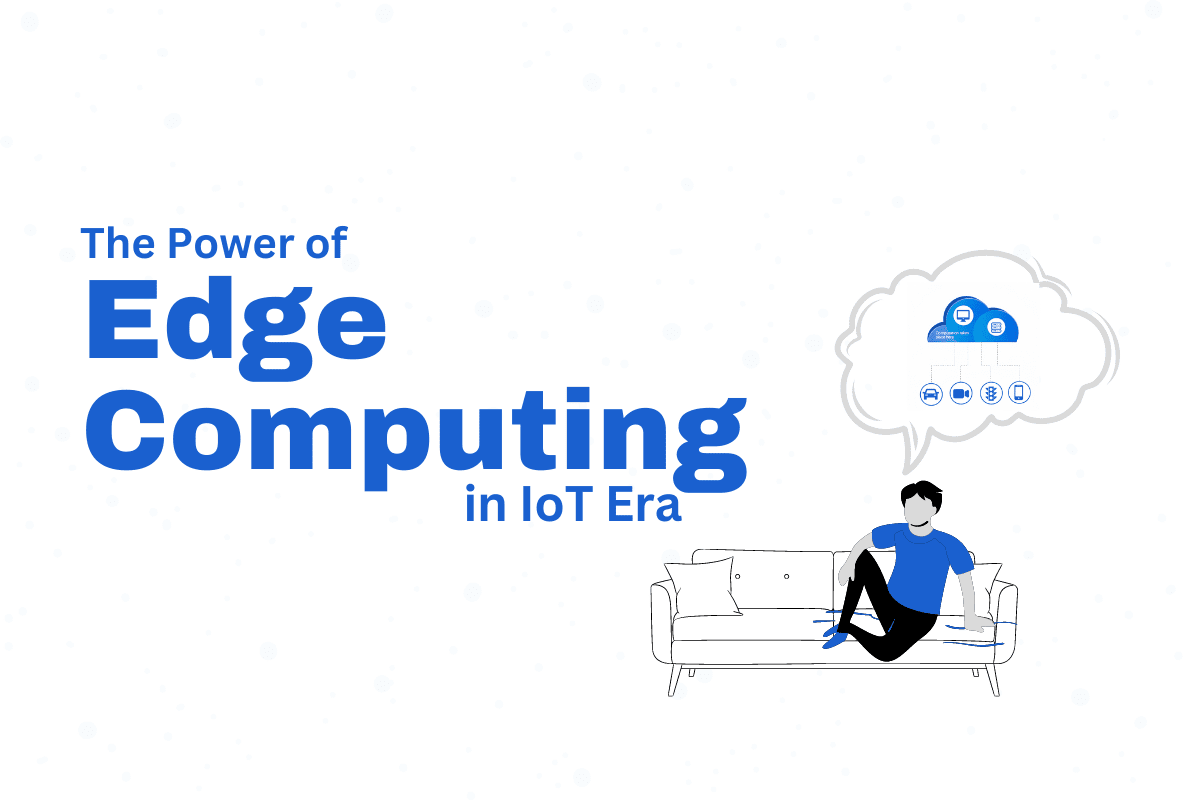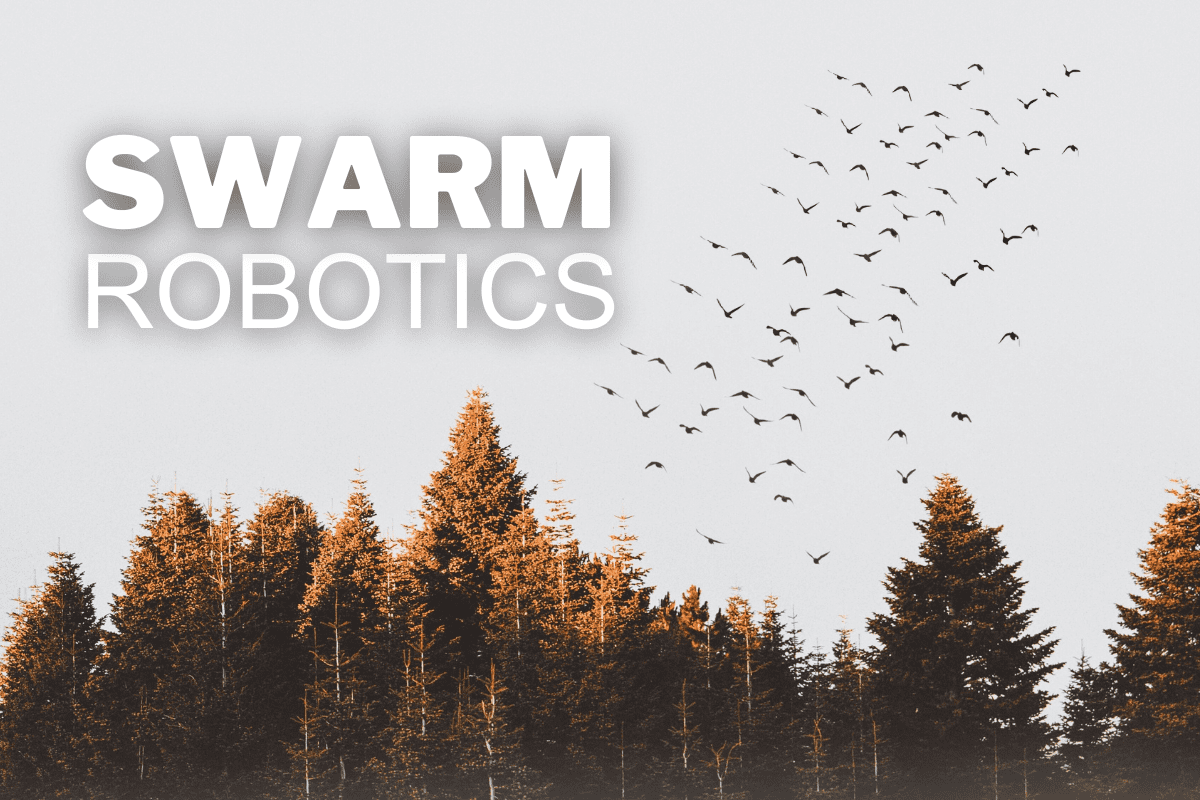Introduction: Voice assistants have become ubiquitous in today’s digital landscape, revolutionizing the way we interact with technology. However, their widespread adoption raises concerns about privacy and security. This article delves into the impact of voice assistants on these crucial aspects, shedding light on the challenges and potential solutions.
I. Understanding Voice Assistants
Voice assistants, such as Amazon’s Alexa, Apple’s Siri, and Google Assistant, utilize natural language processing and artificial intelligence to interpret and respond to spoken commands. They have found their way into our homes, smartphones, and even vehicles, offering convenience and efficiency.
II. The Convenience-Privacy Dilemma
A. Convenience and Accessibility
Voice assistants provide hands-free control over various devices, allowing users to perform tasks effortlessly. They can set reminders, play music, order groceries, and even control smart home devices, making life more convenient.
B. Privacy Concerns
- Data Collection Practices Voice assistants continuously listen for their wake words, which means they may inadvertently record conversations beyond their intended purpose. This raises concerns about the potential invasion of privacy.
- User Profiling and Targeted Advertising By analyzing user interactions, they can gather personal information, leading to targeted advertising. This poses questions about data usage and transparency.
III. Security Risks and Mitigation
A. Unauthorized Access and Voice Authentication
Voice assistants can sometimes be activated by unintended voices, posing a risk of unauthorized access to personal information. Implementing robust voice authentication systems can mitigate this concern.
B. Eavesdropping and Voice Data Storage
- Encryption and Secure Communication Ensuring end-to-end encryption and secure communication channels can protect against eavesdropping and unauthorized access to voice data.
- Transparent Data Storage Policies Companies should adopt transparent policies regarding the storage and retention of voice data, granting users control and providing options for deletion.
IV. The Role of Regulations and Standards
A. Legal Frameworks for Privacy Protection
Governments and regulatory bodies should establish comprehensive privacy regulations that address voice assistant data collection, usage, and consent, safeguarding user rights.
B. Industry Collaboration and Standards
Tech companies must collaborate to develop industry-wide standards for voice assistant privacy and security. This would foster trust, consistency, and accountability among providers.
V. User Empowerment and Best Practices
A. Privacy Settings and Consent
Users should have clear control over their voice assistant’s privacy settings, allowing them to customize data-sharing preferences and provide informed consent.
B. Regular Updates and Security Patches To address vulnerabilities and enhance security, manufacturers should prioritize regular software updates and prompt security patches for voice assistant devices.
VI. The Future of Voice Assistants
As voice assistants continue to evolve, advancements in privacy-preserving technologies, like on-device processing and federated learning, show promise. Striking the right balance between functionality and privacy will be crucial for their long-term success.
Conclusion: The revolution of voice assistants has undoubtedly transformed our digital experiences. However, it is vital to address the associated privacy and security concerns to maintain user trust. By implementing robust security measures, fostering industry collaboration, and empowering users with privacy controls, we can shape a future where voice assistants coexist seamlessly with privacy and security. Let us embrace this technology while safeguarding our digital lives.
Read more: Secrets of Secure DNA Data Storage




